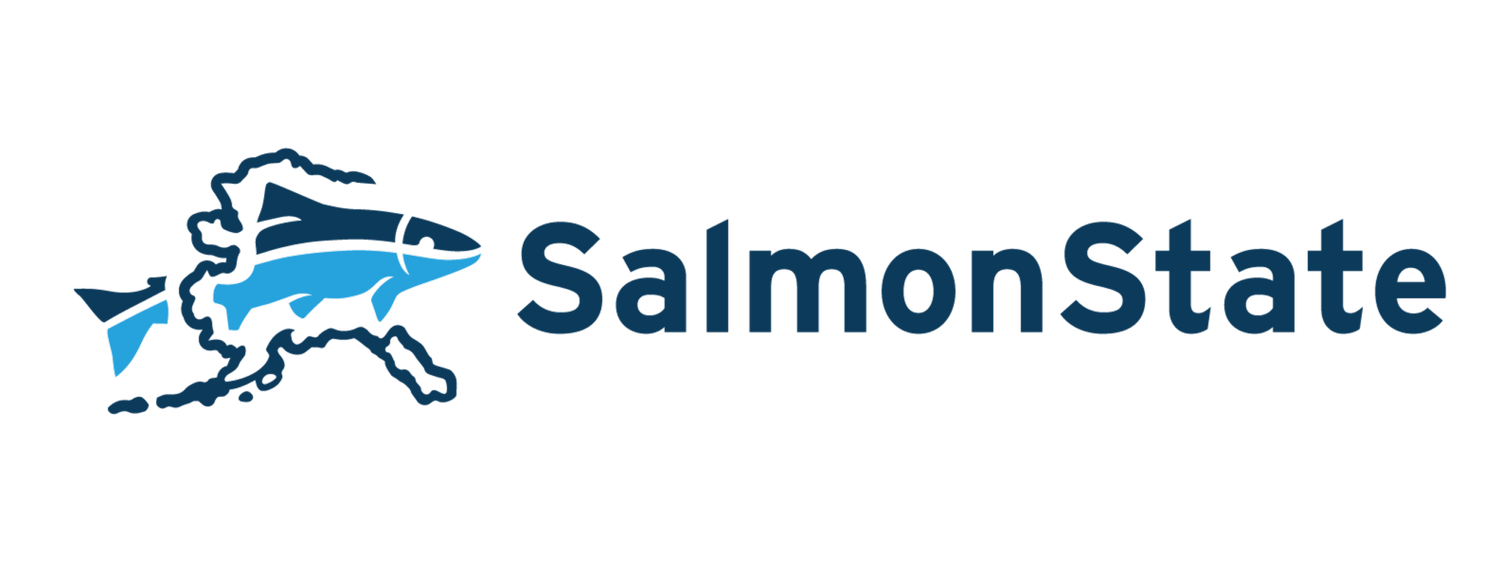As Biden Administration Weighs Future of Alaska BLM Lands, Massive Wave of Support for Protections
More than 140,000 Americans join over half of Alaska Native Tribes, hundreds of businesses in a groundswell of support for protections across 28 million acres of federal land in Alaska
Anchorage, AK — A massive wave of public support turned out over the last two months in favor of protections from mining and oil and gas development across 28 million acres in Alaska managed by the Bureau of Land Management.
Over half of Alaska’s 227 federally recognized Tribal governments have voiced strong support for protection across these public lands. This includes three of the largest Tribal consortia in the state – Tanana Chiefs Conference, Association of Village Council Presidents, and Kawerak.
In 19 hearings across the state of Alaska sponsored by BLM, Alaskans showed near-unanimous support for keeping these lands intact.
More than 120 Alaska businesses have signed on to a letter to federal decision makers asking for the strongest possible protections for the lands in question.
And with a national public comment period closing yesterday, early indications are that at least 140,000 citizens from Alaska and across the nation have told Secretary of Interior Deb Haaland to maintain protections for these 28 million acres.
“The groundswell of support speaks to the importance of these lands to Alaskans and people across the country,” says Emily Anderson, Alaska Director at the Wild Salmon Center. “These places represent some of the nation’s largest remaining intact ecosystems, from high alpine tundra to the pristine estuaries and wetlands in places like Bristol Bay, home to the world’s most abundant wild sockeye salmon runs.”
“These undisturbed watersheds deliver the cold, clean water that wild fish need to weather accelerating climate impacts. For Alaska Native communities that rely on subsistence fishing and hunting, D1 lands are critical to supporting food security and maintaining a way of life that has endured for millennia.”
“Alaskans and Americans showed unprecedented support for these protections,” said Rachel James, Public Lands and Waters Lead at SalmonState. “Whether it was the families and communities who treasure these lands, the hundreds of businesses in state and across the country that rely on these places, or the dozens of organizations that work to keep our public lands open to all – this is truly a grassroots movement in defense of what makes Alaska such a special place to live, work, and raise our kids.”
Background: Secretary of Interior Deb Haaland is weighing the future of 28 million acres of fishing, hunting and recreational lands (so called “DI Lands”) managed by the Bureau of Land Management in Alaska. Stretching from the famed rainbow trout streams of Bristol Bay in Southwest Alaska to Yukon-Kuskokwim Delta and on to East Alaska, these federal Bureau of Land Management lands provide opportunities for all Americans. But owing to a last minute attempt by the Trump Administration to open up these lands to potential use for private mineral and oil and gas exploration. Over the last 60 days, the public has had an opportunity to weigh in on whether to keep the lands protected for public use or whether to prioritize wide scale private exploitation.
What’s At Stake: Alaska’s BLM lands harbor some of the largest intact landscapes left in the country. This is critical habitat for all five species of Pacific salmon, three of North America’s largest caribou herds, abundant moose populations and a vast number of migratory bird species. They provide migratory connectivity across the state and allow fish and game species to remain viable as heat waves, droughts, and other environmental changes continue to affect many species. Dozens of guides and outfitters rely on these lands to support outdoor opportunities for Alaskans and visitors.
What’s Next: BLM will finalize the Environmental Impact Statement and issue a Record of Decision recommending a course of action. The Secretary of the Interior then determines whether to keep protections in place or open the D1 lands to industrial development. A final decision is expected by August 2024.
Resources:
Alaska Native Tribal consortia support letter
Alaska Native Tribal governments letter to Sec. Haaland

